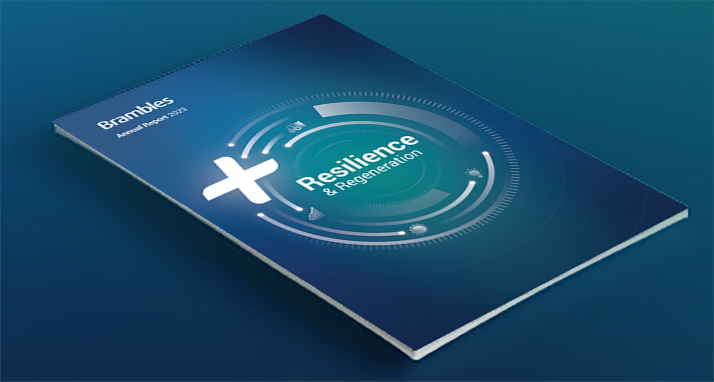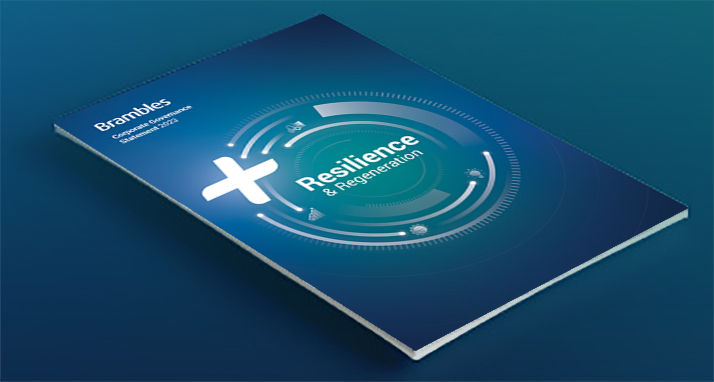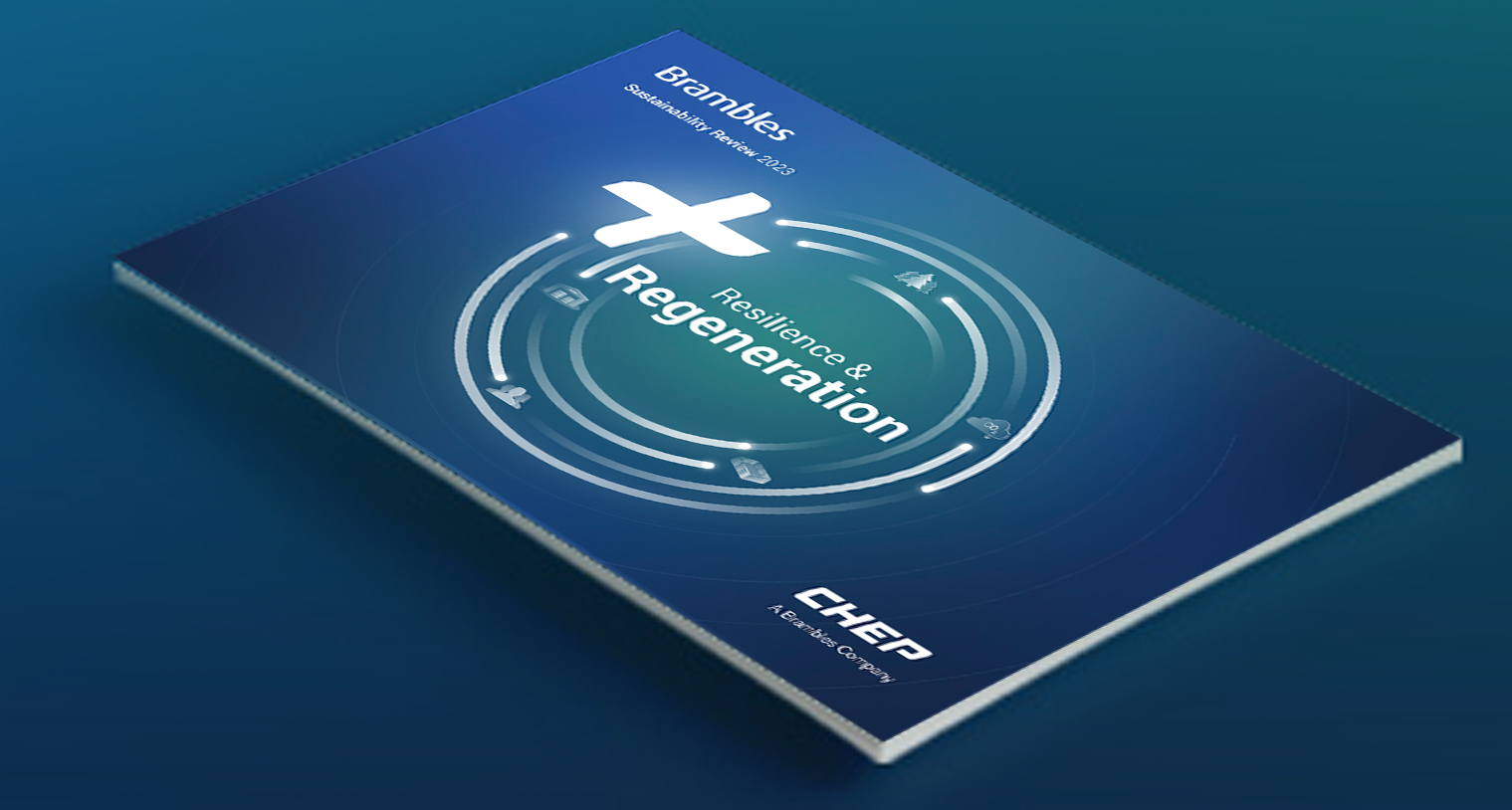| 2-1 |
Organizational details |
|
About Brambles
Contact & Location
Sustainability Review 2022 – Supplementary Information
Countries of Operation
Privacy Policy
|
| 2-2 |
Entities included in the organization’s sustainability reporting |
|
Sustainability Review 2022 – Supplementary Information
Annual Report 2022
Brambles includes all subsidiaries in its financial reporting. The Annual Report 2022 outlines reporting scope: page number 45, notes to and Forming Part of the Financial Statements. Note 1. About this report A) Basis of Prepraration. This report is independantly audited: page 71, Independent Auditor's Report.
Brambles aligns sustainability reporting with Financial reporting, scope detail can be found in The Supplementary Information 2022, page 4, Boundaries. The Annual Sustainability Review 2022 is independantly assured by KPMG, page 7, Assurance.
|
| 2-3 |
Reporting period, frequency and contact point |
|
Sustainability Review 2022
sustainability@brambles.com
Annual, aligns with financial year: 1 July 2021 - 30 June 2022
|
| 2-4 |
Restatements of information |
|
Sustainability Review 2022 – Supplementary Information
|
| 2-5 |
External assurance |
|
Sustainability Review 2022
Limited Assurance Report
Sustainability Review 2022 – Supplementary Information: page 7, Assurance
|
| 2-6 |
Activities, value chain and other business relationships |
|
Annual Report 2022
About Brambles
Sustainability Review 2022
Sustainability Review 2022 – Supplementary Information
|
| 2-7 |
Employees |
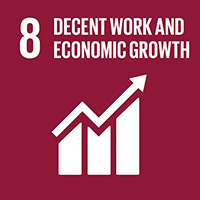
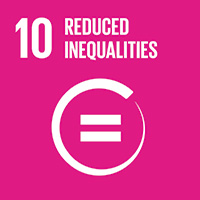
|
Five-year Performance Data 2022
Sustainability Review 2022 – Supplementary Information
|
| 2-8 |
Workers who are not employees |
 |
The number of workers who are self‑employed, or workers other than employees or supervised workers, including employees and supervised employees of contractors, who perform a substantial amount of work for Brambles and its businesses is not material.
|
| 2-9 |
Governance structure and composition
|
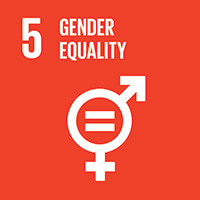
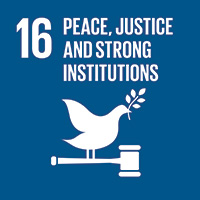
|
Board of Directors
Board & Committees of the Board
Corporate Governance Statement 2022
Sustainability Governance
|
| 2-10 |
Nomination and selection of the highest governance body
|


|
Corporate Governance Overview
Nominations Committee Charter
Board Skills Matrix
Board of Directors
|
| 2-11 |
Chair of the highest governance body
|
 |
Board of Directors
|
| 2-12 |
Role of the highest governance body in overseeing the management of impacts
|


|
Corporate Governance Statement 2022 pages 14-15, Principle 7: Recognise and Manage Risk
Sustainability Governance
Sustainability Review 2021 – Supplementary Information
|
| 2-13 |
Delegation of responsibility for managing impacts
|
|
Corporate Governance Statement 2022 pages 14-15, Principle 7: Recognise and Manage Risk
Sustainability Governance
|
| 2-14 |
Role of the highest governance body in sustainability reporting
|
|
Sustainability Governance
Brambles 2022 Sustainability Review was reviewed and approved by the Board (including the Chief Executive Officer), Executive Leadership Team and other senior management, including the Company Secretary
|
| 2-15 |
Conflicts of interest |
 |
Corporate Governance Overview
Nominations Committee Charter
|
| 2-16 |
Communication of critical concerns |
|
Corporate Governance Statement 2022 pages 14-15, Principle 7.4 Environmental & Social Risks
Sustainability Governance
EthicsPoint
|
| 2-17 |
Collective knowledge of the highest governance body |
|
Corporate Governance Statement 2022 pages 14-15, Principle 7.4 Environmental & Social Risks
Sustainability Governance
|
| 2-18 |
Evaluation of the performance of the highest governance body |
|
Corporate Governance Statement 2022
Sustainability Governance
|
| 2-19 |
Remuneration policies |
|
Remuneration Committee Charter
Annual Report 2022 page 28, Directors’ Report – Remuneration Report
|
| 2-20 |
Process to determine remuneration |
|
Remuneration Committee Charter
Annual Report 2022 page 28, Directors’ Report – Remuneration Report
|
| 2-21 |
Annual total compensation ratio |
|
Annual Report 2022
Sustainability Review 2022 – Supplementary Information
The ratio of CEO compensation to median annual compensation for all employees (excluding CEO) (base salary and bonuses) for Brambles for FY22 is 66.01:1 (median salary for all employees – excluding CEO – being 39,139.62 USD).
|
| 2-22 |
Statement on sustainable development strategy |
|
Sustainability Review 2022
UN Global Compact Communication on Progress
|
| 2-23 |
Policy commitments |
 |
Corporate Governance Statement 2022
UN Global Compact Communication on Progress
About Brambles
Code of Conduct
In 2015, economic, environmental and social sustainability risks were incorporated into the Group’s risk management framework. This framework was further enhanced with the establishment of a Sustainability Risk Committee (SRC). The SRC is a management committee comprising Brambles’ Group Senior Vice President, Human Resources, Global Head of Sustainability and Group Vice President, Risk & Assurance and a cross section of senior Brambles corporate and business unit executives with relevant and applicable functional expertise. The Precautionary Principle is considered in the evaluation of environmental risks. Further information on Brambles risk management can be found in the Corporate Governance Statement 2022 (Principle 7. Recognise and Manage Risk, pp 15‑16).
|
| 2-24 |
Policy commitments |
|
Modern Slavery Act
Code of Conduct
Sustainability Governance
|
| 2-25 |
Processes to remediate negative impacts |
|
Speak Up Policy
Group Guidelines for Serious Incident Reporting Policy
Modern Slavery Act
|
| 2-26 |
Mechanisms for seeking advice and raising concerns |
 |
Code of Conduct
Modern Slavery Act
EthicsPoint
Speak Up Policy
|
| 2-27 |
Compliance with laws and regulations |
 |
Brambles SASB 2022
Brambles did not receive any significant fines or non-monetary sanctions in any region for non-compliance with environmental laws and regulations during FY22. Brambles received 4 environmental breaches, total costs of environmental citations during FY22 were US$0.
Brambles conducts business in accordance with the laws and regulations of each country in which a Brambles business is located. There were no material breaches of the Code of Conduct relating to impacts on society in the bi-annual management declarations, or otherwise, in FY22.
|
| 2-28 |
Membership associations |
|
Brambles made contributions trade associations, lobbying and interest representation groups in FY22, totaling approximately USD 870000 (which is not considered material):
- Political campaigns, ballots measures or referendums: USD 0 (Brambles does not make political donations - Code of Conduct p 5)
- Political organizations, trade associations or tax-exempt groups whose role is to influence political campaigns or legislative activities, including chambers of commerce, trade boards, and the like. This includes membership fees towards trade associations, industry associations and business associations: approximately USD 770000
- Registered lobbyists and lobbying groups: approximately USD 100000
- Other (e.g. spending related to ballot measures or referendums): USD 0
These contributions were made to groups on specific issues relevant to Brambles, including between others:
- food, grocery and consumer goods trade associations that promote and support fresh food, grocery and consumer goods producers and retailers (who are amongst our customers): approximately USD 190000
- associations or groups that promote the circular economy: approximately USD 230000
The three groups receiving the largest contributions in FY22 were the following:
- the US Chamber of Commerce (USD 170000)
- Retail Industry Leaders Association (USD 43000)
- Ellen MacArthur Foundation (USD 42433)
Representations by these organizations may or may not reflect Brambles' position on specific public policy issues and none of the amounts aforementioned are considered material.
Code of Conduct page 5
|
| 2-29 |
Approach to stakeholder engagement |
|
Sustainability Review 2022 Page 4 - Materiality Matrix
Sustainability Governance - Stakeholder Engagement
|
| 2-30 |
Collective bargaining agreements |
 |
Collective bargaining agreements are in place in the following countries and regions; Australia & New Zealand (Non Salaried Employees), Benelux, France, Germany, Canada, LATAM, UK, Ireland, Italy & Spain. The number of employees covered by collective bargaining agreements varies depending on whether the agreement is Country/Region based (Benelux, France, Germany, Canada, LATAM), Industry Wide (Spain & Italy), Unionised Location based (UKI Severnside, Birmingham, Pontefract, Manchester, Durham and Ireland Plants) or Enterprise agreements for non salaried in both Australia and New Zealand.
|

